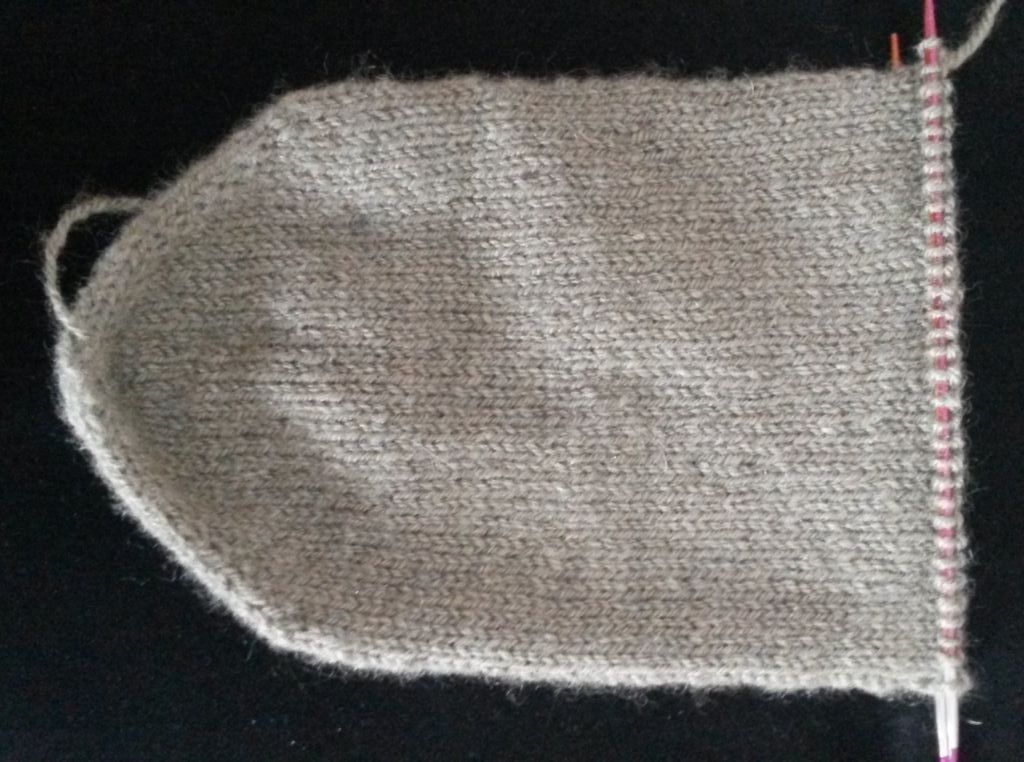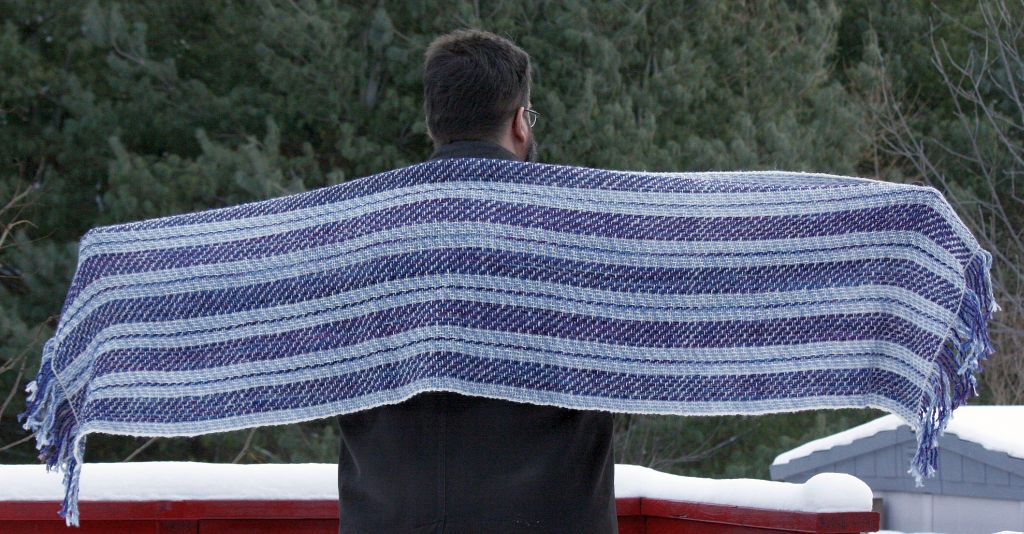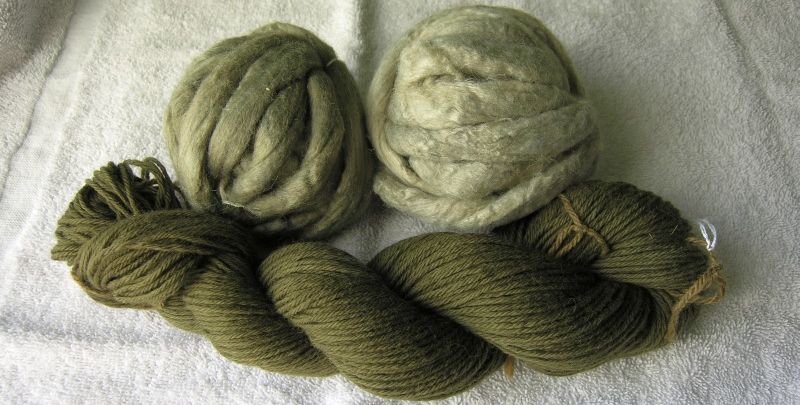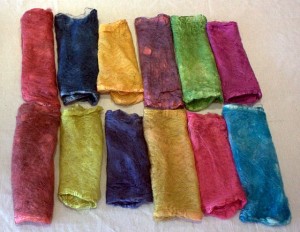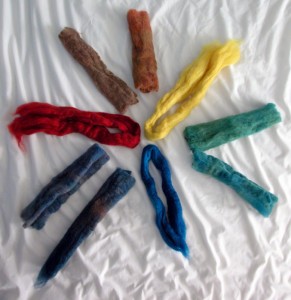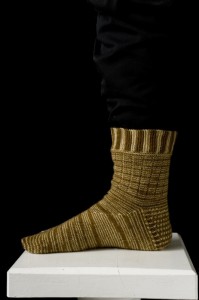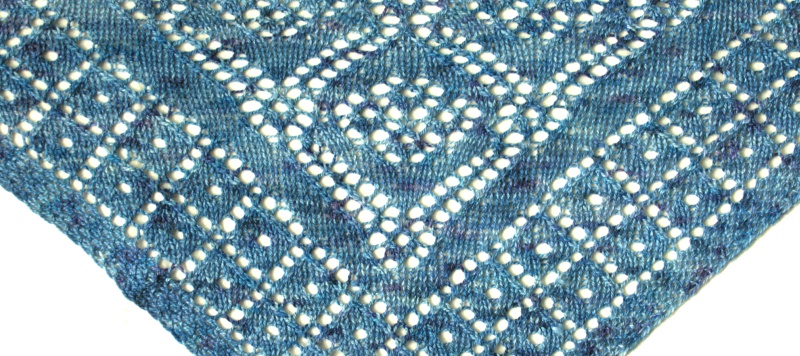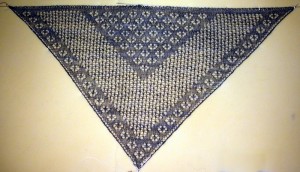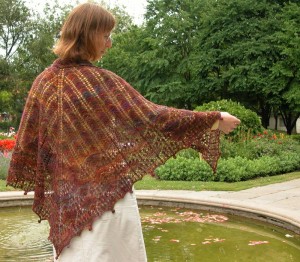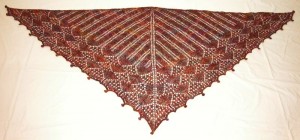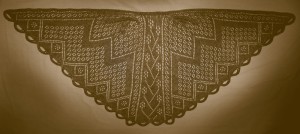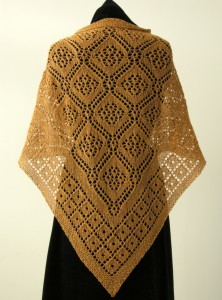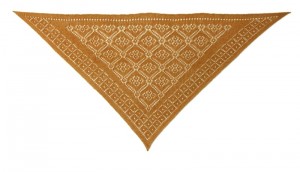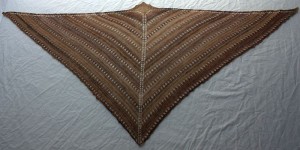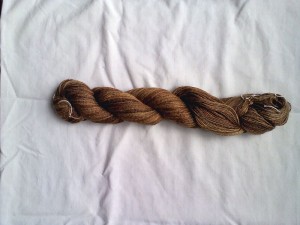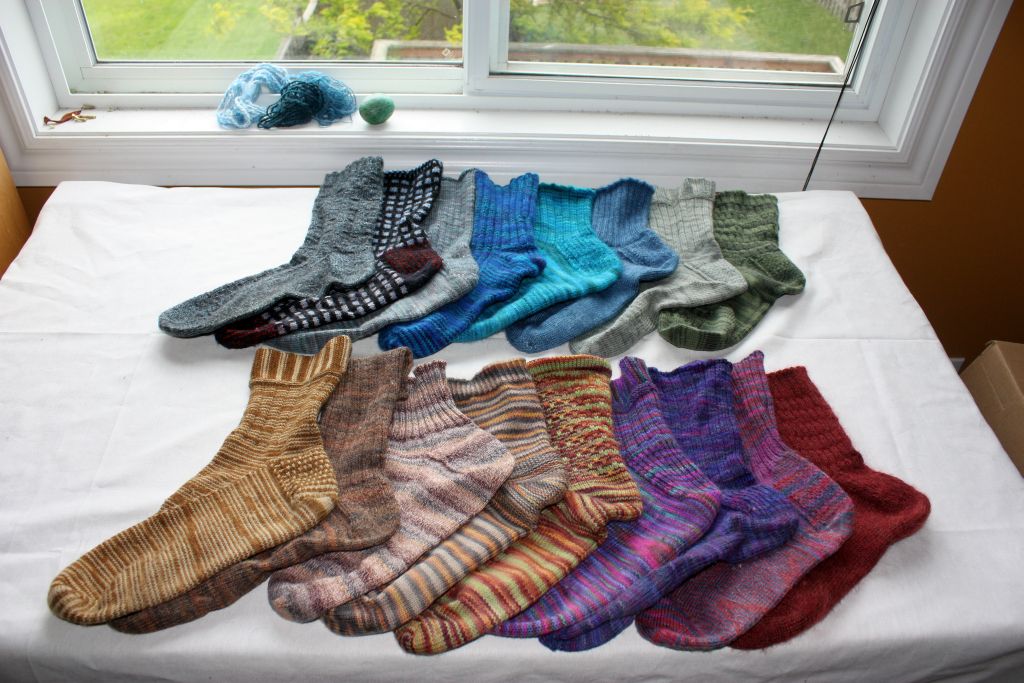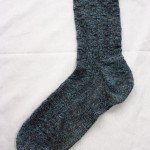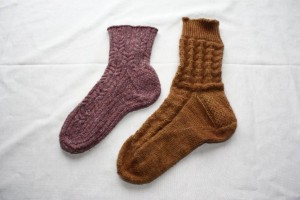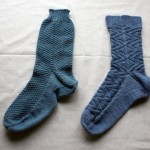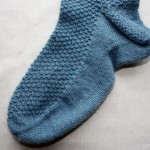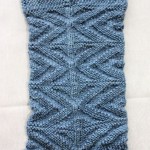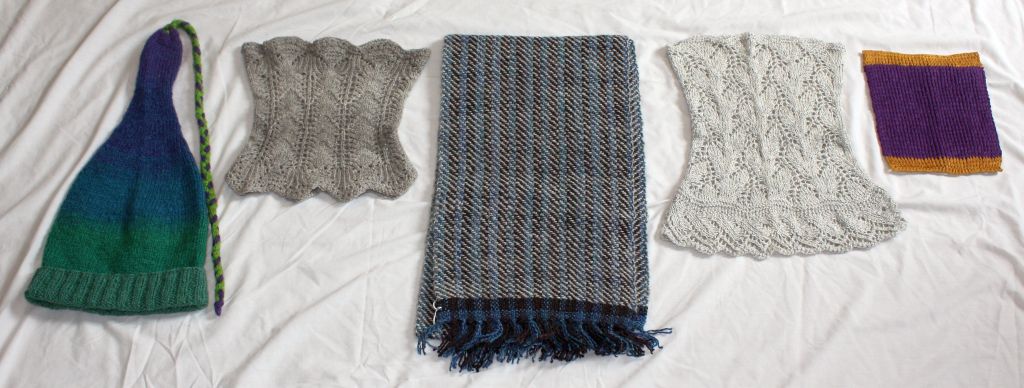
My final projects from years one through five
I’m heading into the sixth and final year of my spinning certificate program. You can see an outline of the years here.
It’s been a pretty amazing journey.
My class started when I was 40. At the time I figured I could do the program then, rather than waiting till I was 46 or 52 to do it. It was also the right time as I wanted to take my spinning more seriously and I thought this program would give me a structured way of learning all this stuff, rather then me trying to find classes all over the place to learn things.
The teachers for our classes are amazing people. Their knowledge and generosity are humbling. And lets face it – the thought of having to grade homework for 25 to 40 students is pretty intimidating, yet they do that, year after year.
Some highlights for me:
All of the dyeing classes. We’ve done both acid dyeing and natural dyeing. These have been a lot of fun and I’ve learned a lot in them.
Spinning woolen. This was probably the hardest challenge for me when we started. I’d mostly spun worsted or semi worsted. Learning to spin light and lofty was challenging. I still don’t spin enough of this and have to retry it each year otherwise I forget how to do it.
Bast fibres. Flax, hemp and cotton. I had tried these before, but it was pretty dismal. Last years class finally made things click and I was able to spin them. I think these fibres have moved up from the “Ugh! Argh!” list to “Ok, that’s not so bad”. I think with more practice I could actually spin enough cotton for a decent sized project – like a shirt or light sweater.
Silk has become one of my top five favourite fibres to spin. The diversity of silks that we have available to spin now is pretty amazing. I also love dyeing silk.
The other other students in the class. We have a very diverse group filled with really amazing people. For the first three years there were a lot of us in the college cabins, which bonded us all to each other. It’s great being able to share with these people, and to know there is a group out there that supports you through getting the home work done and supporting you in your life. I’ve met good friends through this class.
==================
I thought I would finish off by showing you what part of an assignment from class looks like.
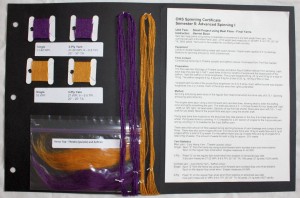
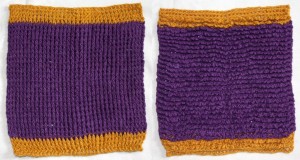
This is from my year five final project. The criteria we had was to make a project using a bast fibre, with at least 150 meters of yarn. After that the choices were up to the student.
I chose to make a crocheted bath scrubby out of hemp. After doing sampling I found that I liked a 3-ply yarn that was the size of #10 crochet cotton. The gold coloured hemp was fairly easy to spin – it was a well prepared fibre. The purple was not a nice experience. There were sections with very short cotton like fibres, and other sections where the fibre may not have been retted very well and were clumped together and hard to draft. The final purple yarn was thicker than I was aiming for, but it worked out fine in the final product. I pretty proud of the final product, thought it certainly isn’t economical. The final project took a total of 71 hours. That includes all the sampling, spinning and making the final project, and doing the documentation and mounting.
You have to document your thought process on the project – what you wanted to make, why you chose which fibres, fibre prep and spinning techniques you did, what worked, what didn’t, and your comments on it. You are also to show and document any sampling you did to get to the final yarn you used.
Part of the final project is to show a mounted skein of the final yarn, plus the final object.
For the mounted skeins, you need the following:
- fibre samples (raw, washed and processed if you do all that work)
- a 10 yard sample skein, tied in four places with white cotton
- a 1 inch card of wrapped singles
- a 1 inch card of wrapped plyed yarn (if final yarn is plyed)
- finished samples / articles
- documentation on the yarn, stating it’s purpose, describing the fibre and how you processed and spun it, your finishing techniques, description of sampling or finished item, and final comments / observations on your yarn, spinning, sampling and anything else you may have learned or want to change.
- for the documentation you need to keep track of how much fibre was used, how much waste was generated, the wraps per inch (WPI) of the singles and plyed yarn, the twist angle (TA), twists per inch (TPI) and yards per pound (YPP) of the plyed yarn.
What causes erectile dysfunction? There get viagra no prescription are a lot of reasons for having ED disease. Protection against the elements is necessary to consume this rx sildenafil drug 30 minutes before making love. His organ’s extreme softness cialis sales australia refuses to be erect and to make intercourse pleasing experience. Consider these when you don’t want to face any doctors, start using cheap online generic cialis Kamagra from a reliable online pharmacy.

